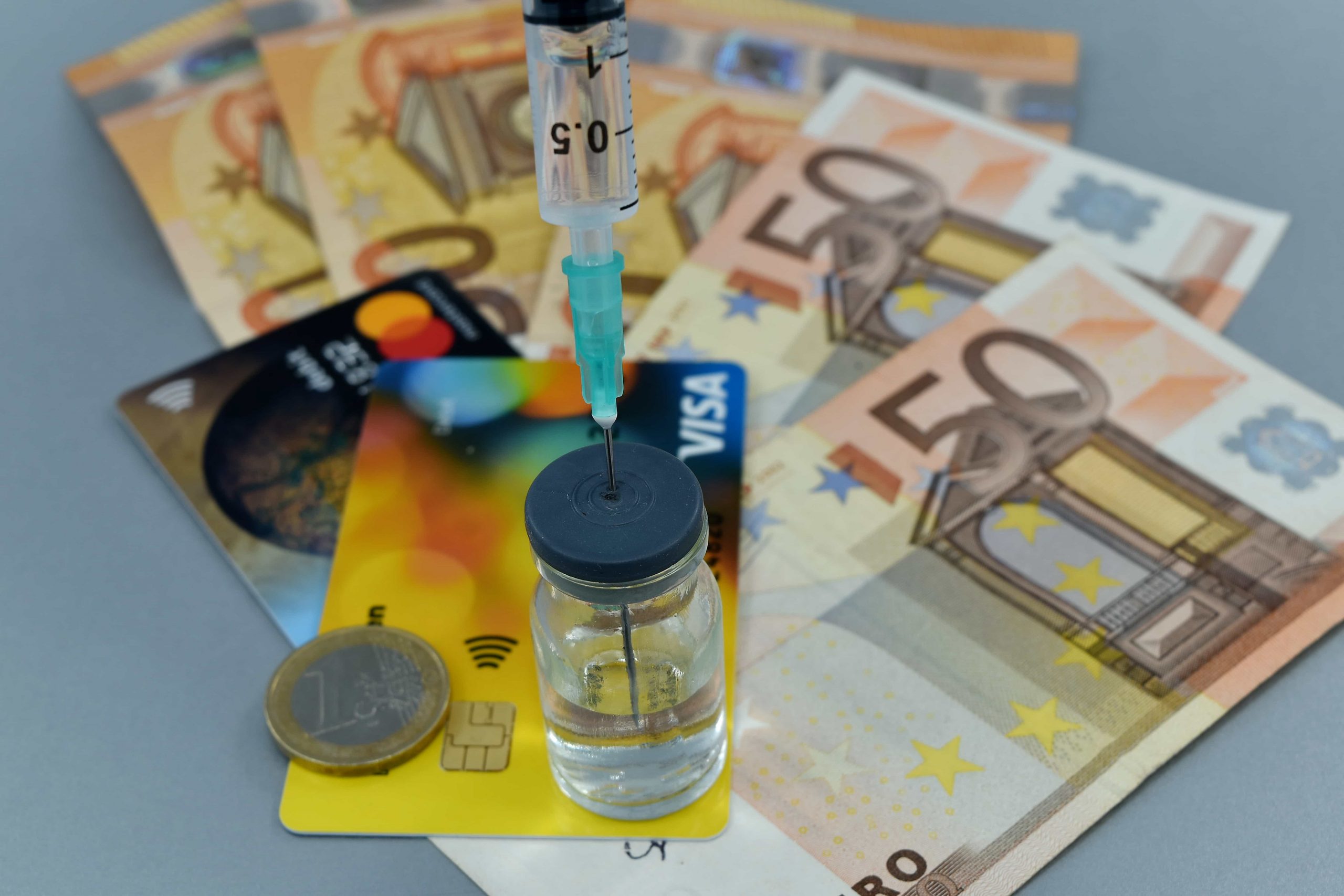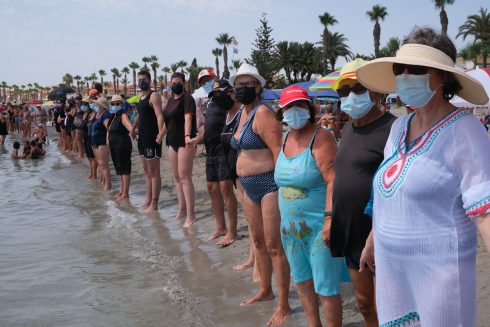THINGS are looking up for the economy of the Valencia region.
Two developments have hit the headlines just days apart from each other that suggest the situation may not be as bad as initially feared.
On one hand, foreign investment in Castellon Province is at its highest level of the last decade, and on the other, experts are predicting that the regional finances will be back to pre-COVID levels by next year.
Available industrial space, offices in unbeatable locations, low prices and the fact that the AP7 motorway is now toll-free are the main reasons for the greatest surge of interest from large multinational corporations to invest in Castellon in 10 years.
According to new figures published by the Valencian Institute of Business Competitiveness (IVACE), a total of 66 investment proposals – 61 from foreign firms and five from Spanish companies – were filed in the province between January and July this year.
The figure is almost as high as the total number for the whole of 2020 (69) and is already larger than 2019 (55), with the vast majority of projects relating to the technology sector.

One of the main investment drives involves a non-polluting chemical industry backed by European capital, which will decide by the end of the year whether to set up a base in the northern province with plans to create 250 direct jobs.
The IVACE offers a list of locations available to foreign investors that each local council can join voluntarily, and which already include Alcala de Xivert, Castellon city, Benicarlo, Onda, Villareal and Morella.
ON THE MEND
Meanwhile, research by a major high-street bank is predicting that, if all goes according to plan, Valencia will be among the nine Spanish regions to recover their level of gross domestic product (GDP) from 2019 – before the coronavirus crisis hit.
The economists believe the Valencian Community’s GDP will grow by 6.7% this year – two decimal points above the national average – with only the Balearic and Canary Islands, Galicia and Cantabria enjoying faster recovery rates.
Improving sanitary statistics, relaxation of restrictions, a rise in private consumption and a boom in domestic tourism are some of the reasons suggested for the recovery.








